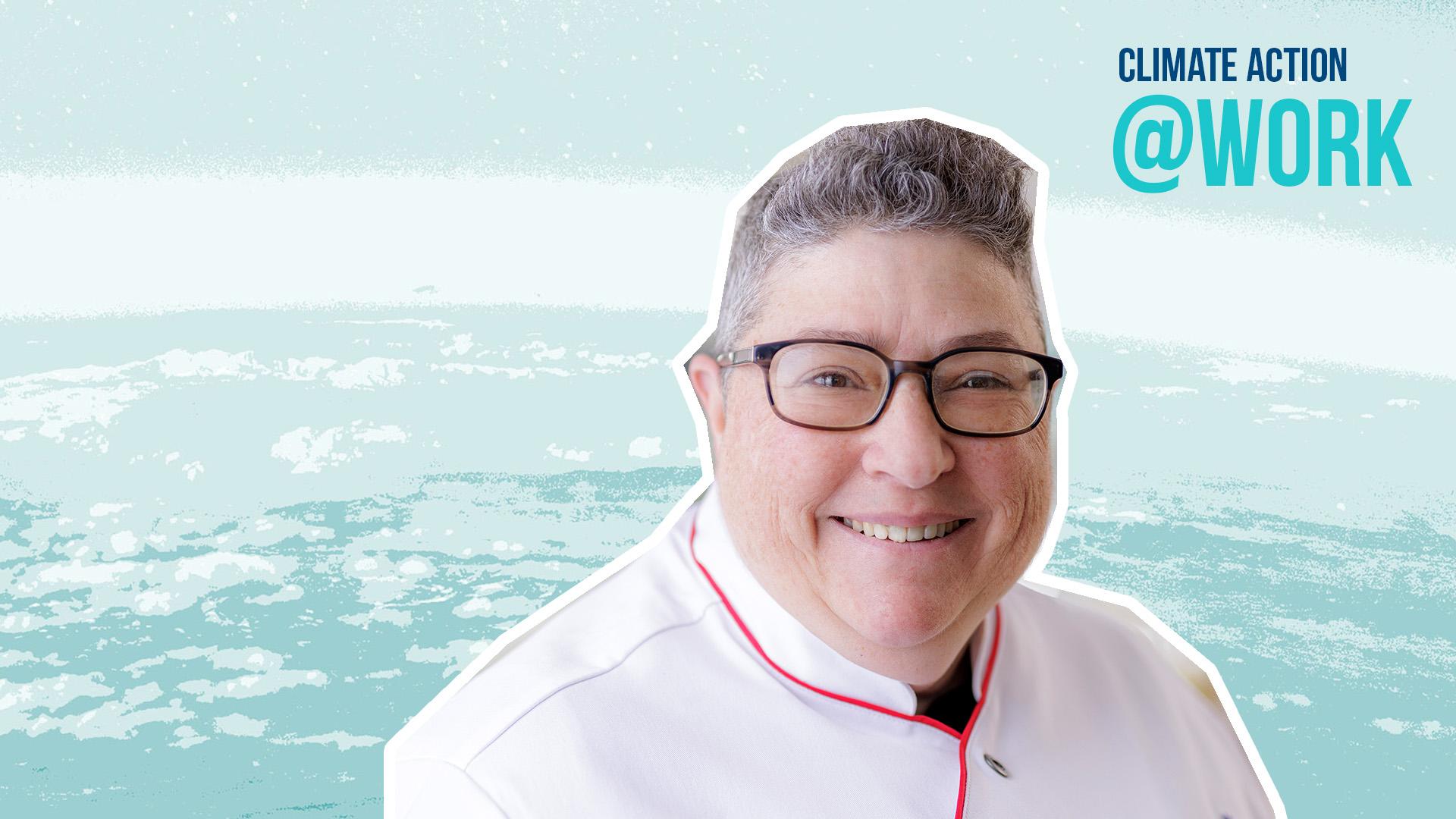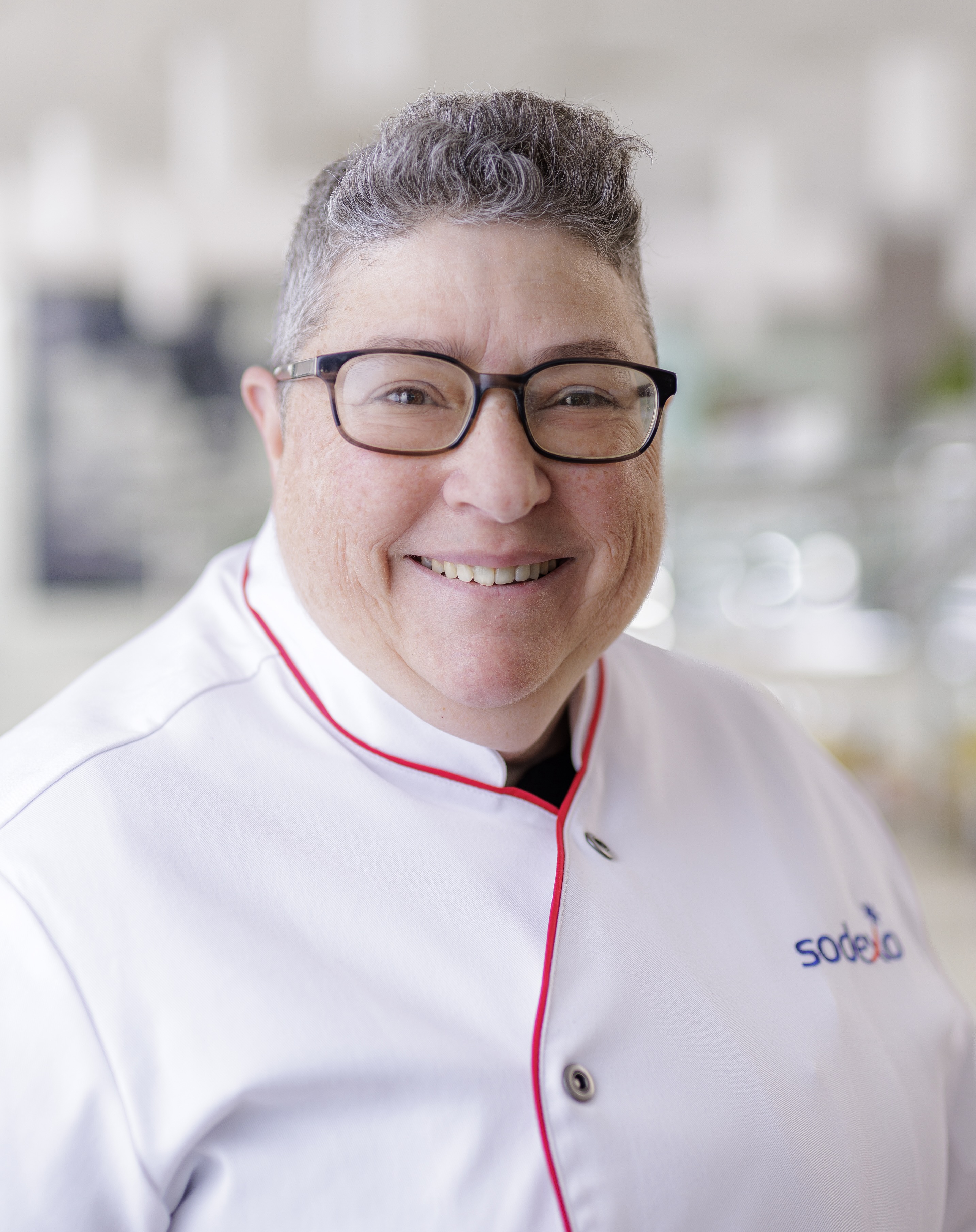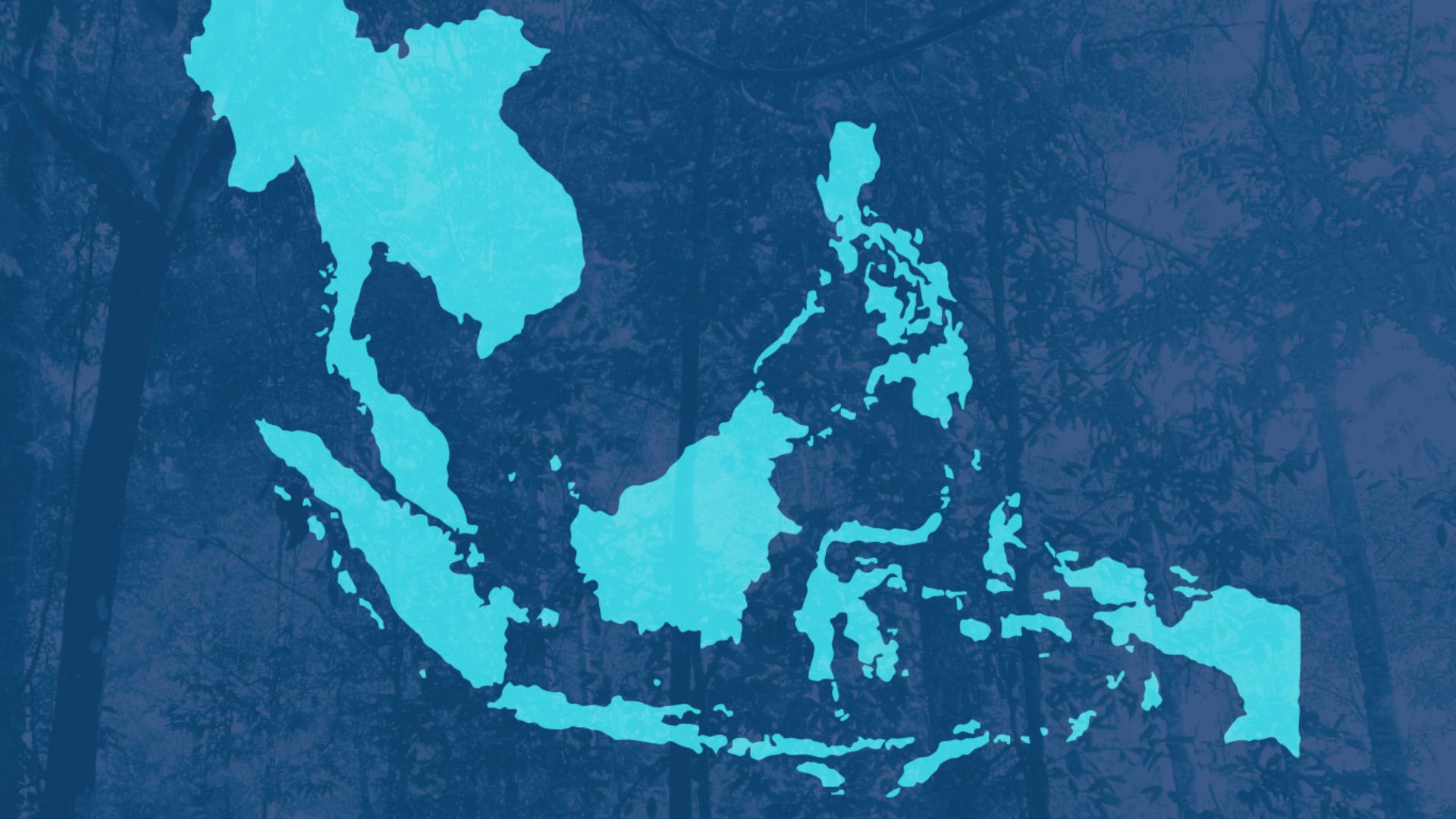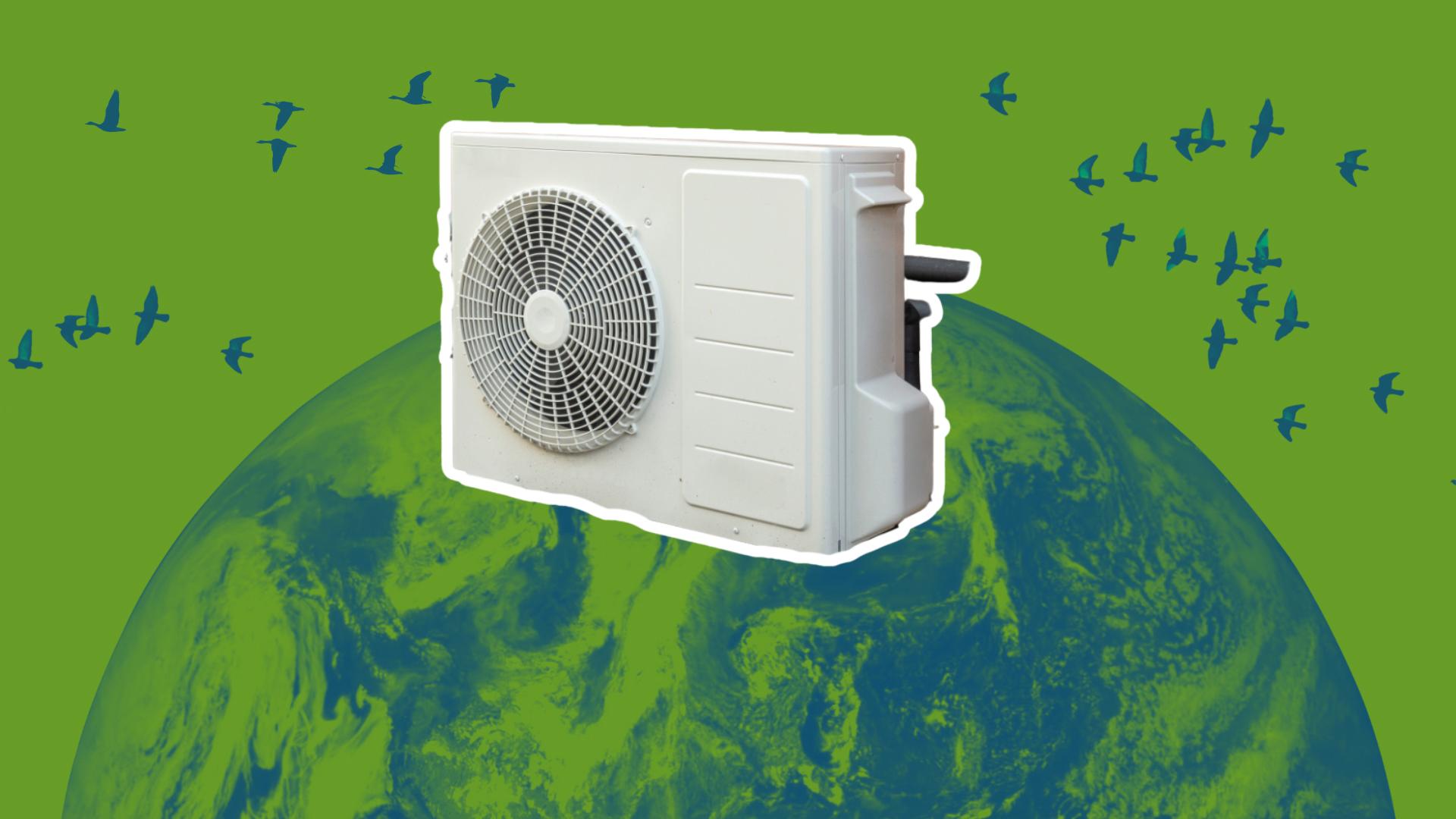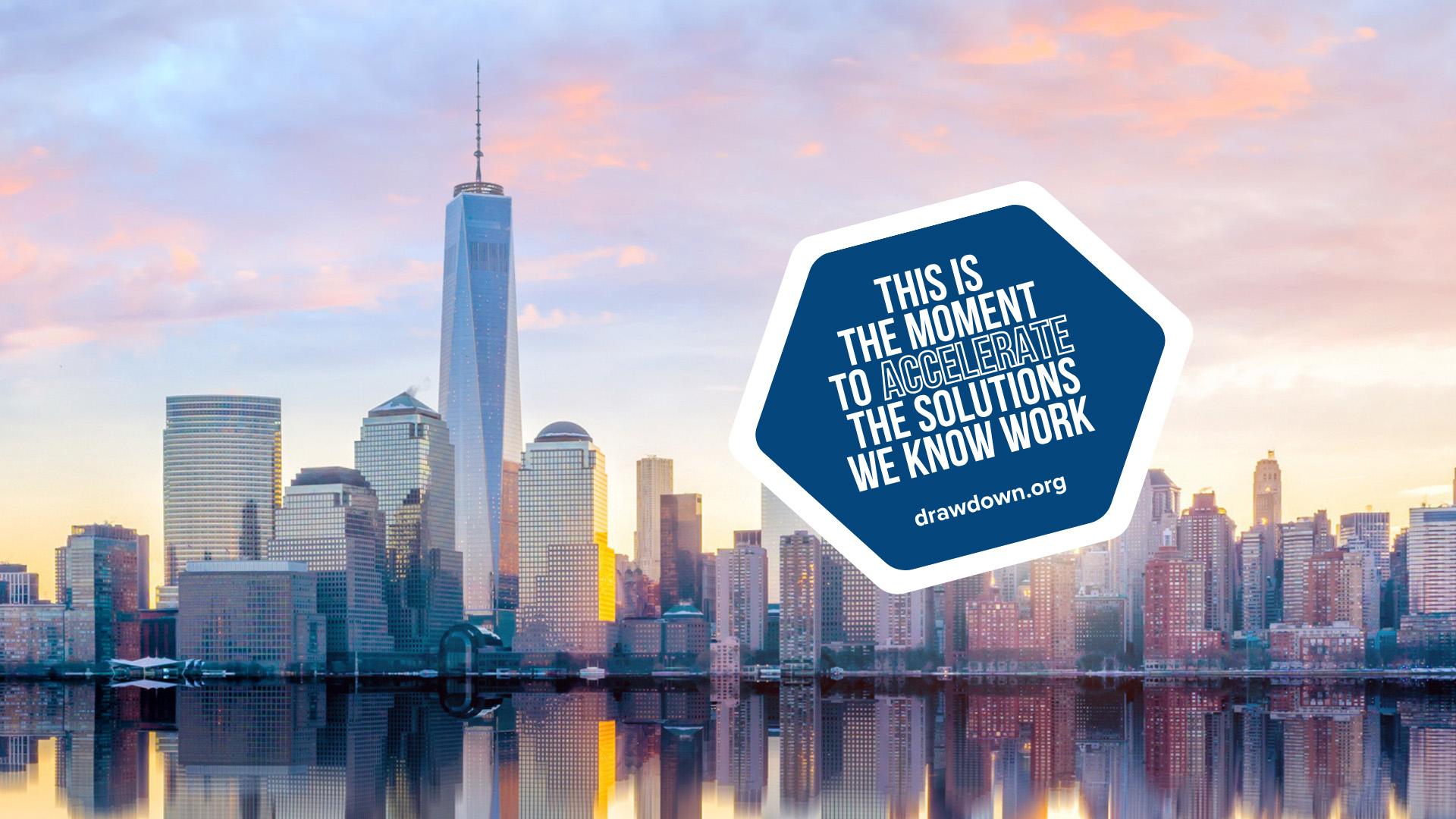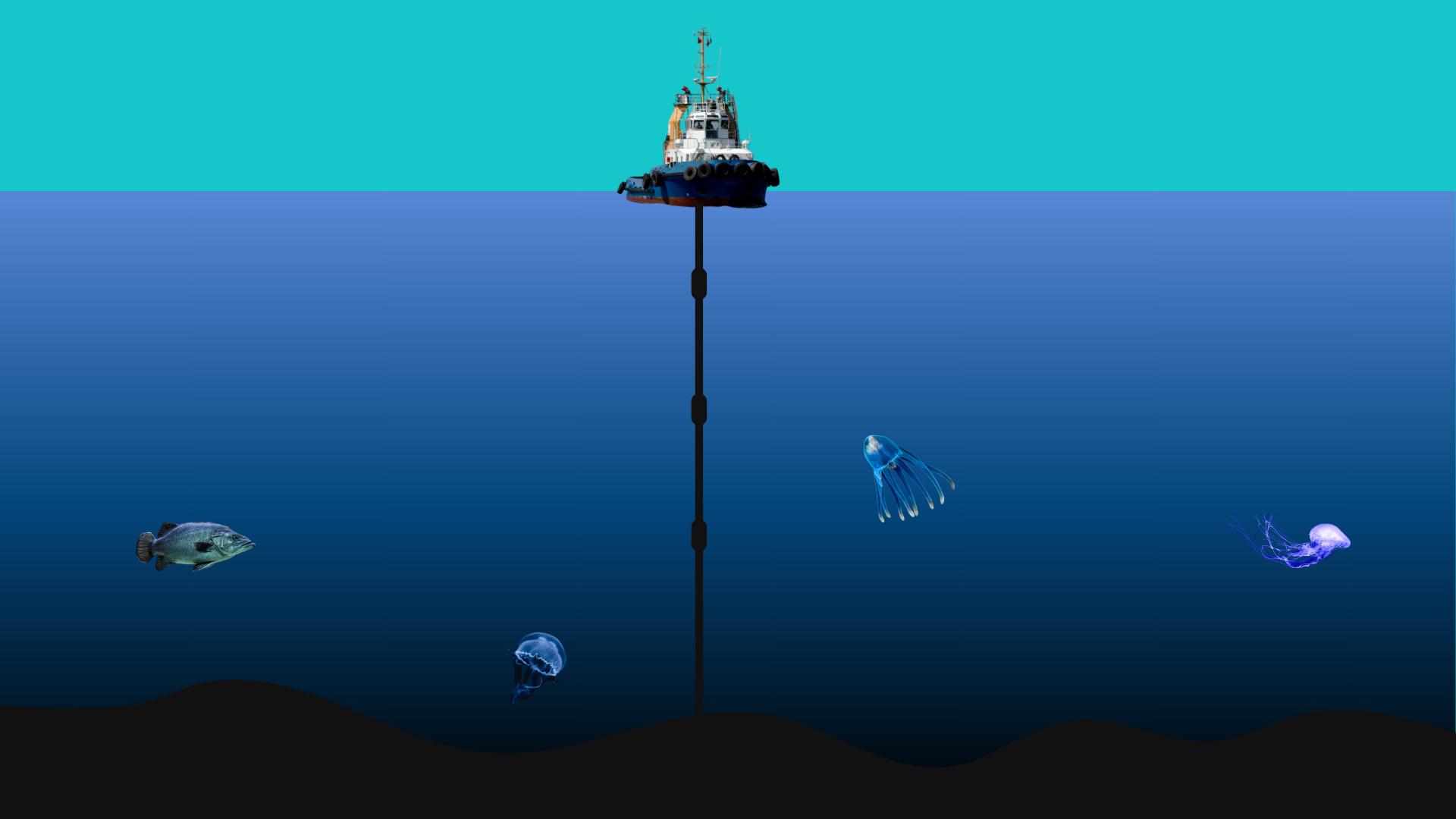L: I’ve been part of the Healthy Menus Collaborative since it started at the Culinary Institute of America, and they started talking a lot about the link between food and climate. Through my work and connections there, I eventually was invited to sit on a panel at Google Food Lab, a biannual meeting of invited experts in the food and beverage space, all working toward the common goal of improving the future of food. The panel after mine featured Eve Turow-Paul. She talked about how Gen Z and Millenials are experiencing increased anxiety and mental illness due to climate change and its effects and how, maybe through food, there was a way to help solve some of that anxiety. And it just really impacted me. I had this moment where I was like, “Why have we not ever thought about connecting these things?” After the panel, I made a beeline to get some coffee and almost slammed into Eve – I almost took her out! We started talking about how we need to get better at talking about the connections between food and climate, how we can better use narrative as a way to draw people in and become part of the solution. Other people started to join in and we all agreed to keep having conversations about this issue. All of a sudden, we had started a nonprofit! Food for Climate League was born. And the organization is thriving. We went from 2 employees to now upwards of 20.
After its launch, I was determined to get Sodexo to start aligning with the goals of Food for Climate League. And the thing that I think is my greatest skill – and also the thing that bothers my colleagues the most – is that I’m incredibly persistent. Like, annoyingly persistent. I will contact people over and over again. And if approach A doesn’t work, then I go to approach B. I kept hounding people to talk with Eve, and how the work of Food for Climate League would really help us start to make connections for operators, our customers, our clients. Eventually, our global VP of Culinary met with Eve and we formed the Sodexo Future Food Collective. We started to integrate a climate lens into our work, using the Sodexo language and approach.
That’s a very long-winded explanation of how one tiny moment – bumping into Eve at Google Food Lab – really changed my career!
A: I love it! Can you talk about an example of tangible change you’ve helped bring about related to this initiative?


